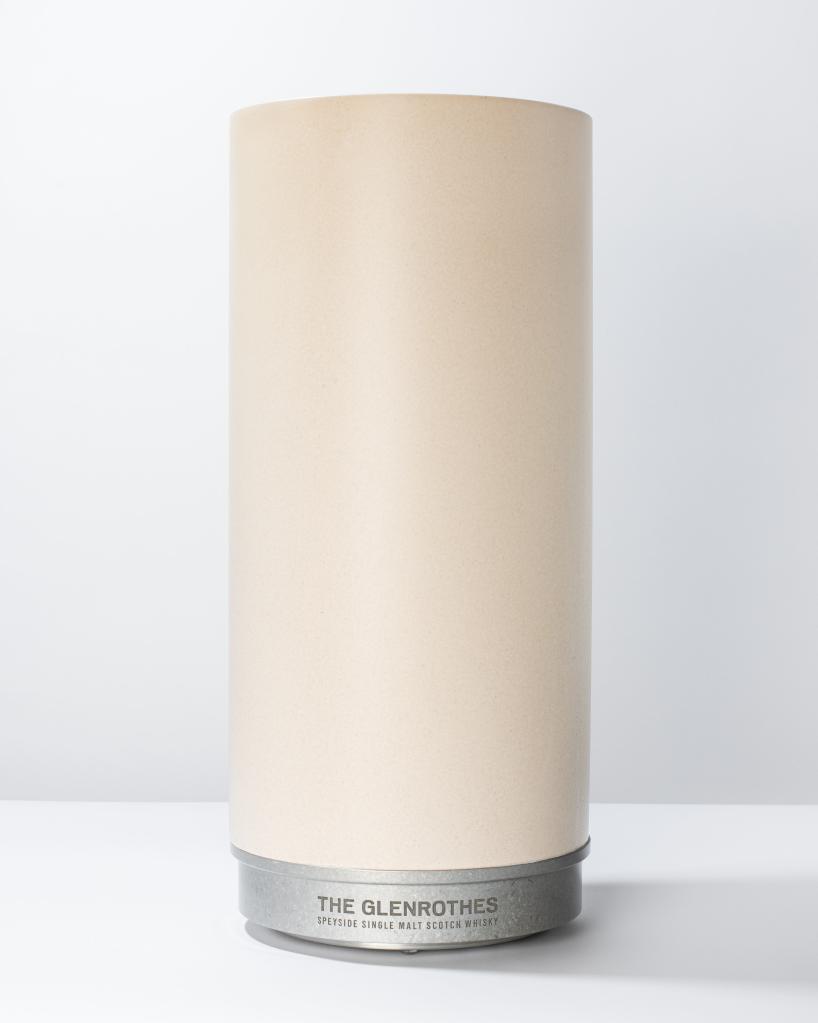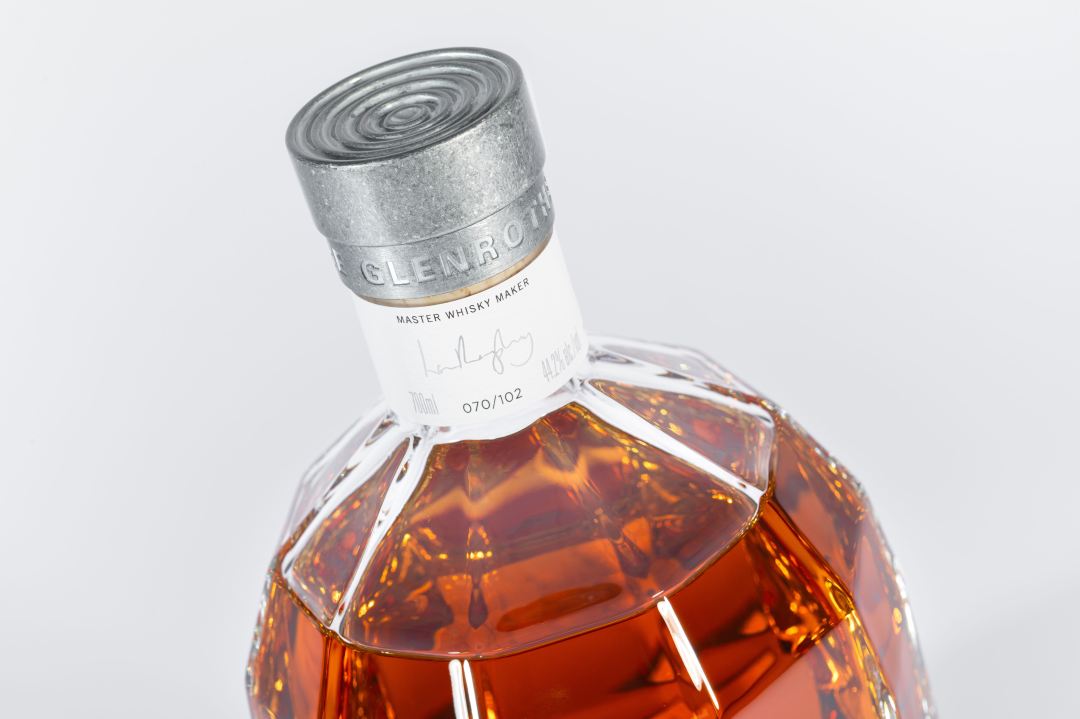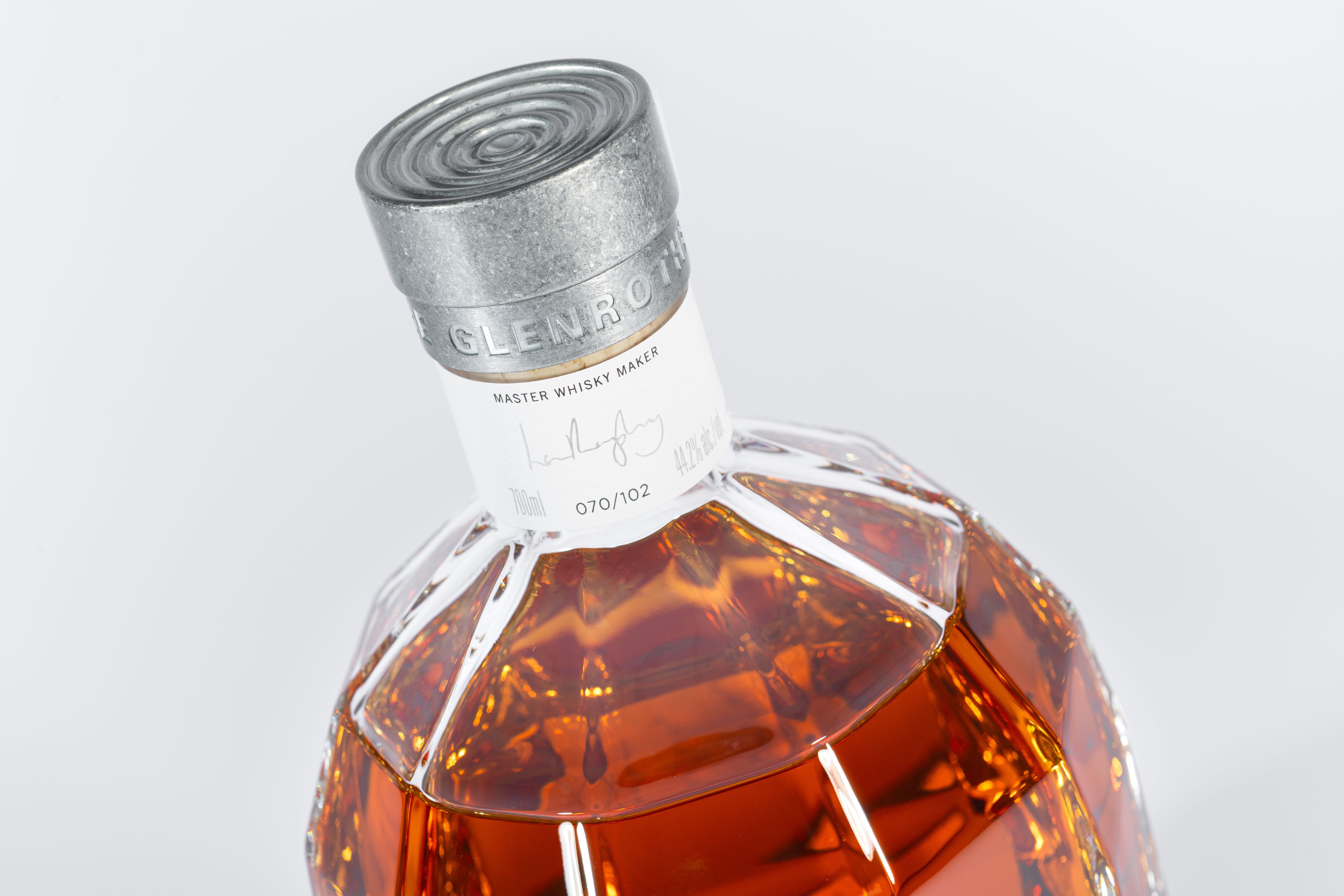How do you drink a £37,000 whisky? That’s what I’m wondering as I make my way to Speyside to try the Glenrothes estate’s latest release, the Glenrothes 51. I don’t mean physically; I assume they’re going to pour it into an appropriately expensive glass for me, and I haven’t yet met a whisky I don’t enjoy in some way. I mean: how do you get your head around consuming something so expensive? I’m the sort of person who squirrels nice things away for a rainy day, and doesn’t eat the expensive chocolate bar because it seems like a waste. How do I square this with drinking a dram that must cost £1,300?
Made from two separate casks, both 51 years old, the Glenrothes 51 is the oldest whisky this distillery has produced and with only 100 bottles released, it sits in the ultra-rare, ultra-aged and therefore ultra-expensive market. As it happens, just shy of £40,000 isn’t actually a colossal amount for such an old, premium whisky; last year, Macallan released an 84-year-old whisky that came in at £190,000. But to a mere mortal like me, this is an unusual experience.
In part, it is rarity in and of itself which commands the high price tag. Tasting – or just owning – something that so few other people have the opportunity to experience has its own inherent cachet. Whisky at this price and scarcity is inevitably seen as an investment; something to be laid down. Not that I have the budget for it, but collecting whisky makes sense to me; like wine or gold bullion, it’s extremely unlikely to lose its value and, in many cases, it will increase. Unless you open it, of course. You can’t have your cake and eat it.
But I’m also someone who organises my entire professional and personal life around the enjoyment of food and drink. I probably spend a disproportionate amount of my disposable income on that very pursuit. And there is something sad, I think, about the amount of time, skill and care put into laying down a whisky for over half a century that, once bottled, is destined to sit on a shelf, or even in a vault, forever untasted. Arguably, if you purchase whisky purely for the value, for the investment, without the intention of ever tasting it, the flavour is irrelevant. Why even provide tasting notes? If a whisky sits, unopened and undrunk, is it even a whisky, or just a chattel?
This tension is something that the 51 acknowledges in an unusual way. The bottle is encased in a Jesmonite column: grey, stark, characterless. And in order to see it, the case has to be broken; a hammer comes provided (and it really does need a good smash to reveal the bottle). So only those who actually own one of the 100 will actually know what the bottle looks like – and that’s if they choose to destroy the outside casing.

In one sense, this is taking exclusivity to an even further degree: the idea that you can’t even see the bottle unless you’ve stumped up the cash. But in another, it’s challenging the idea of what it means to own an exclusive whisky. While it’s perfectly possible to keep the 51 untouched, the distillery is explicitly inviting the owner, the drinker – the smasher – to commit if they wish to engage with the drink in a meaningful way. It’s provocative, subversive even – and I like that. Jonny Fowle, global head of whisky at Sotheby’s, described the whisky as ‘for people who interact, drink, and enjoy Scotch – not just collect it.’ Once the case is smashed, the pieces of Jesmonite can be sent back to Glenrothes, where a local kintsugi artist will use liquid gold to ‘return the pieces to a whole, creating a unique vase, stronger than before thanks to its breakages’.
But back to the whisky itself. The distillery calls it the ‘orchid of their collection’, inspired by the rare orchid that actually grows on their estate. Blended by master whisky maker Laura Rampling, it combines the delicate fragility of one aromatic cask with a bolder second cask. The result, they claim, is elegant and unique, just like the orchid.
So come on, then – what does a near-£40,000 whisky actually taste like? Well, in my opinion the Glenrothes 51 does what it sets out to do. In blending the two casks, there is a distinct balance achieved between the first floral perfume and delicate notes of earl grey and almonds, before a punchier, woody finish with a brilliant length. It’s soft and smooth, with less in-your-face spice than you would expect from an oloroso-casking. It’s an appropriately mature whisky, a literally and figuratively refined Scotch, and I have to admit that I’ve never tasted anything like it.
It feels mad, drinking it, that such a beautiful drink may just sit on a shelf, un-enjoyed. I find, as I taste it, that my concerns about consumption or objectification all dissolve in the pleasure of drinking something that holds more than half a century’s worth of skill and care, and can’t help finding myself hoping that the 99 other bottles find similar fates.








Comments